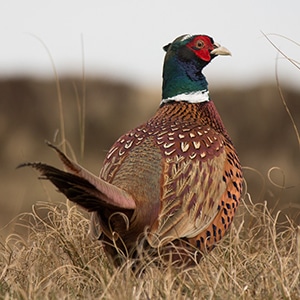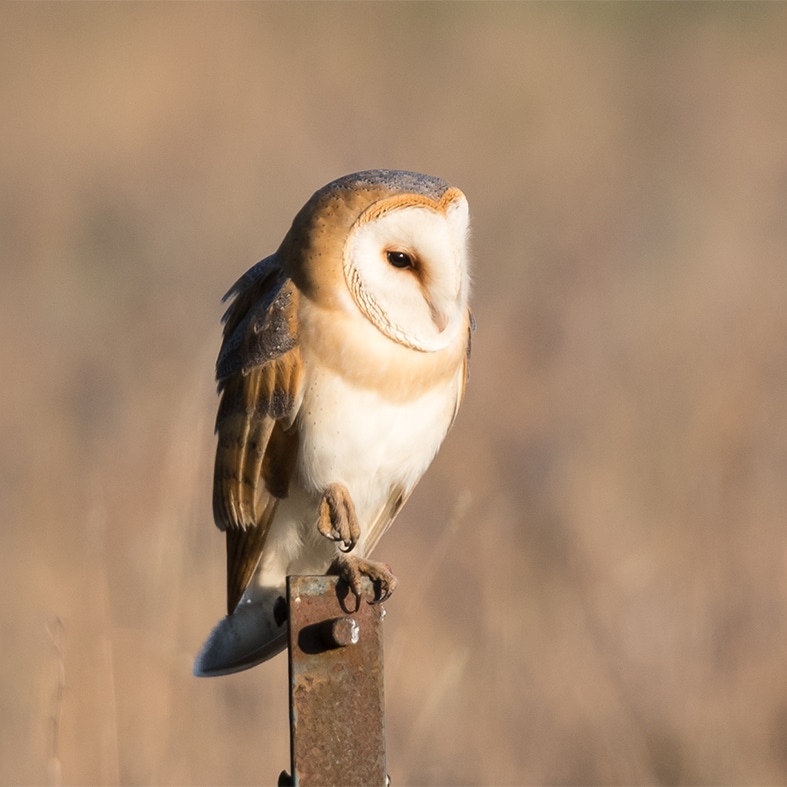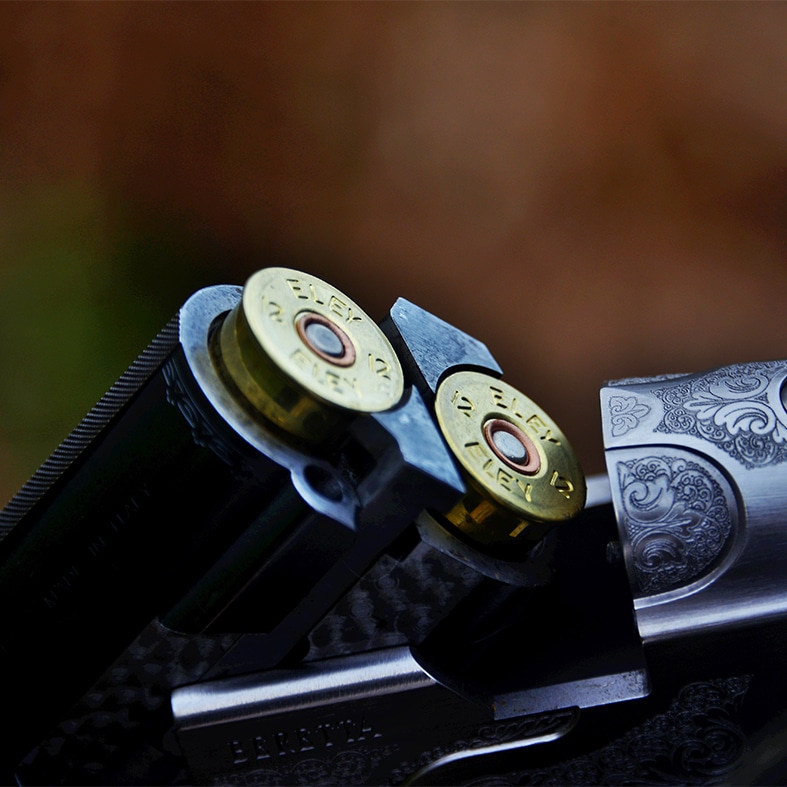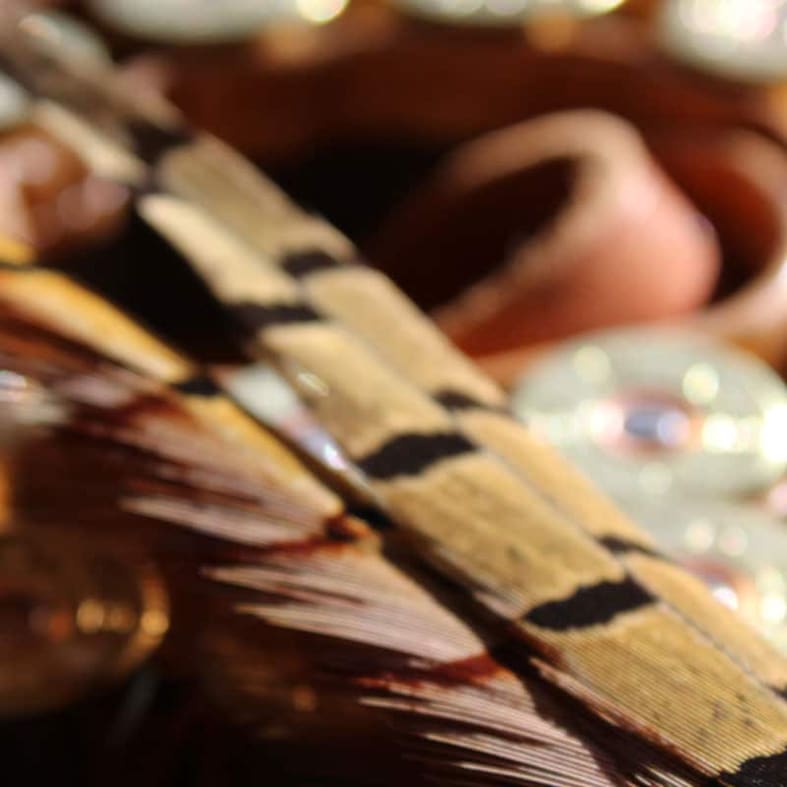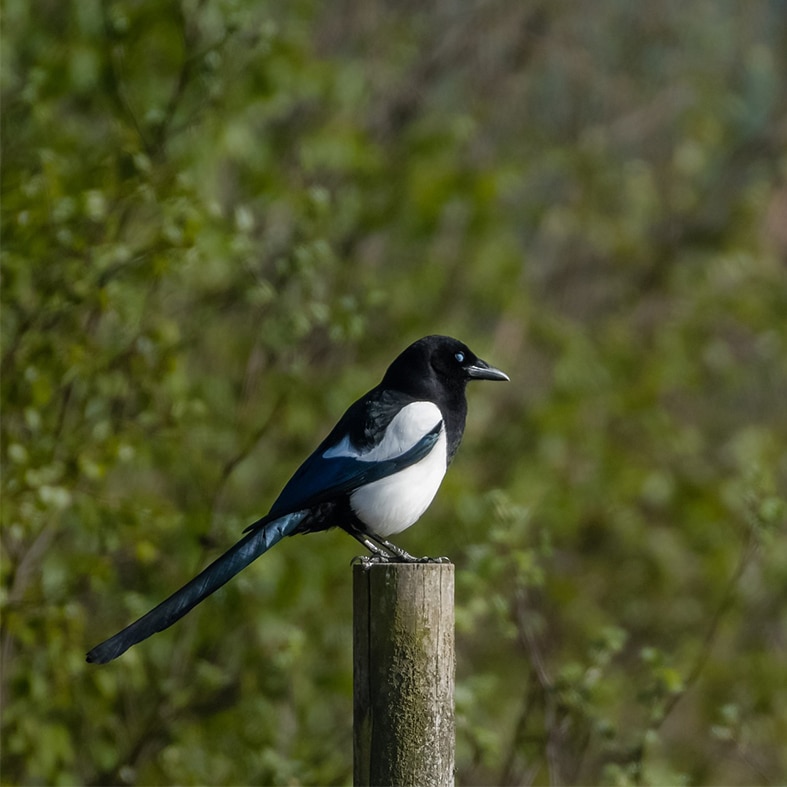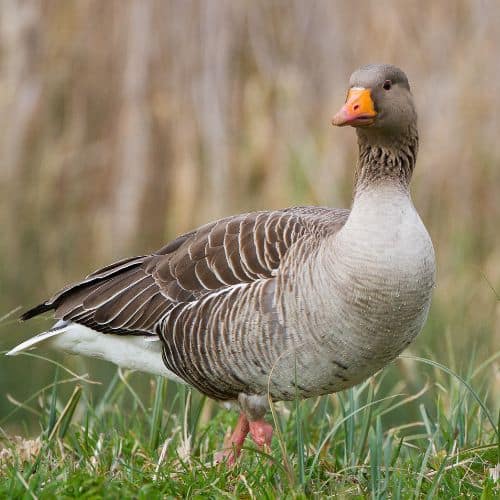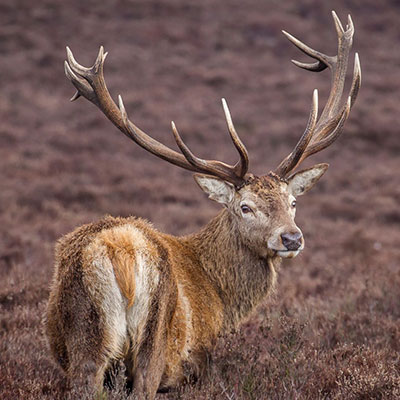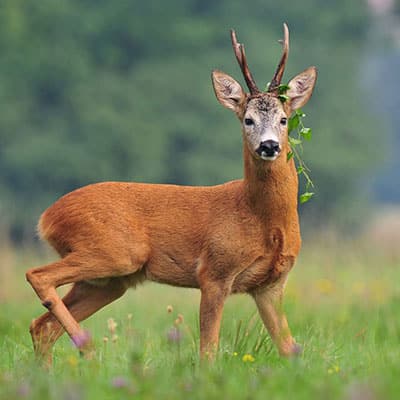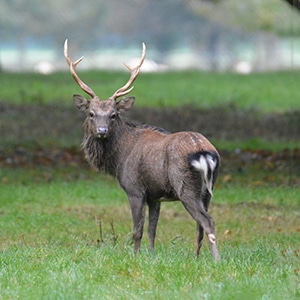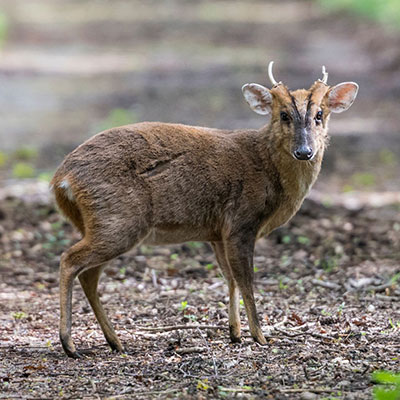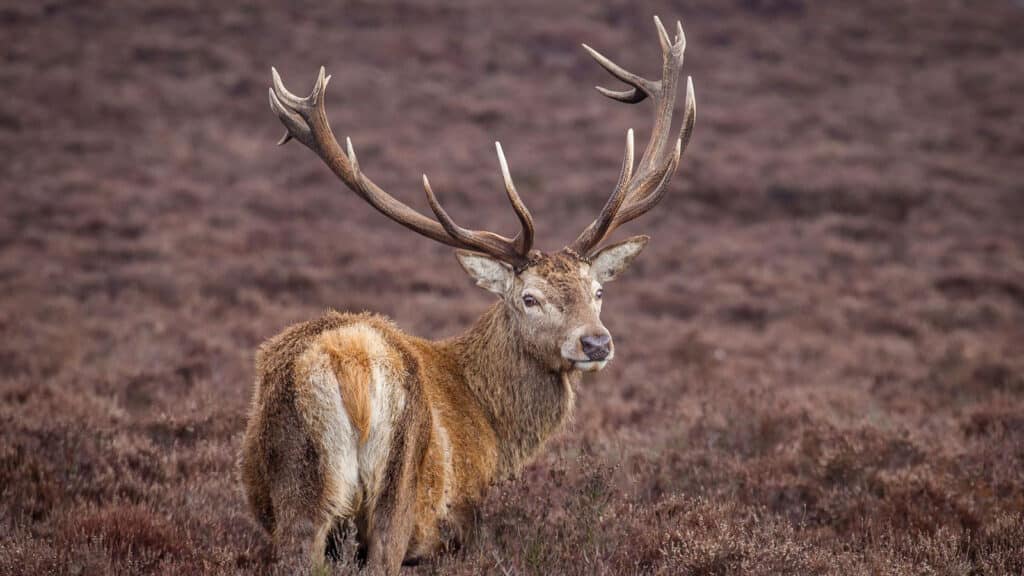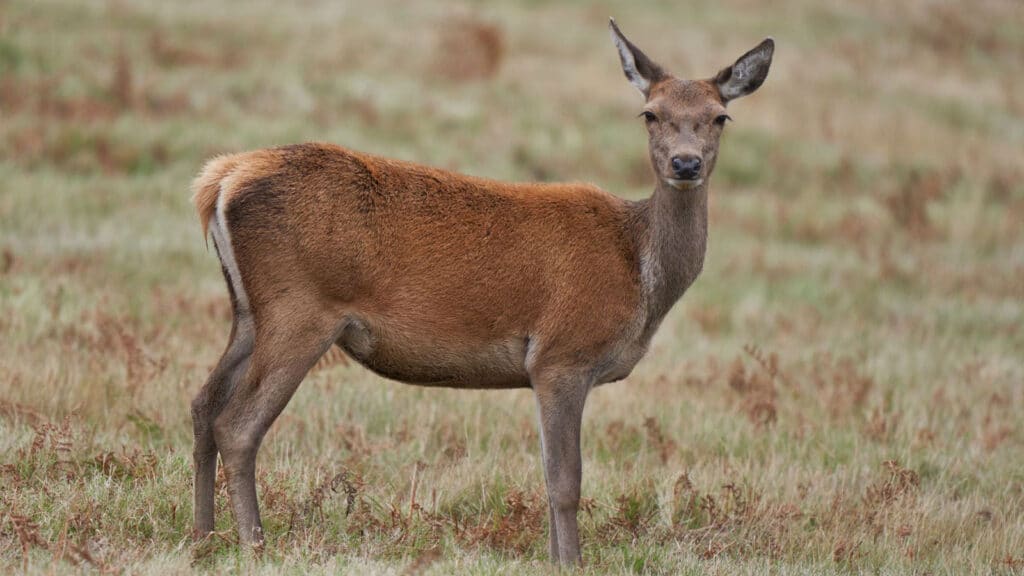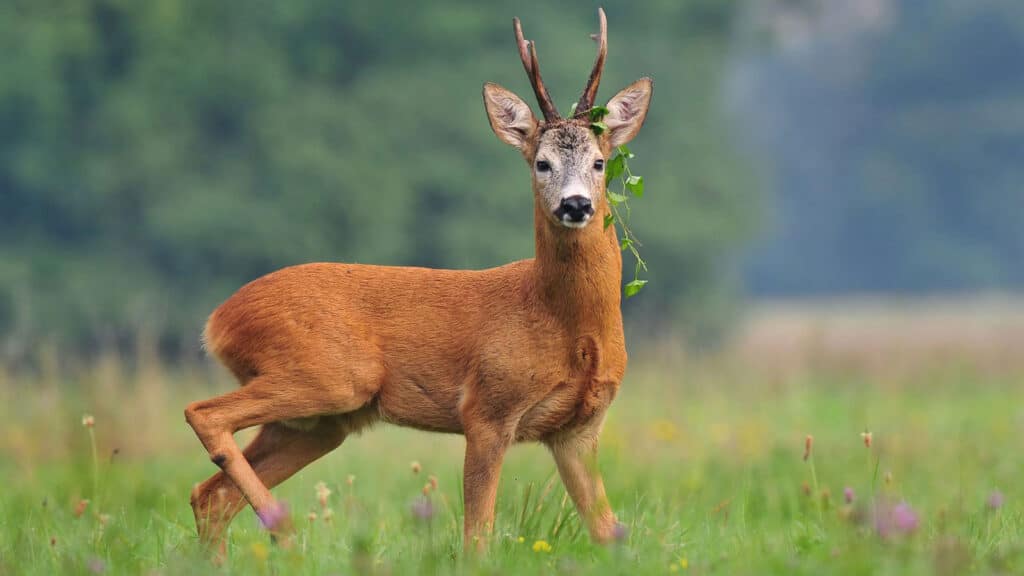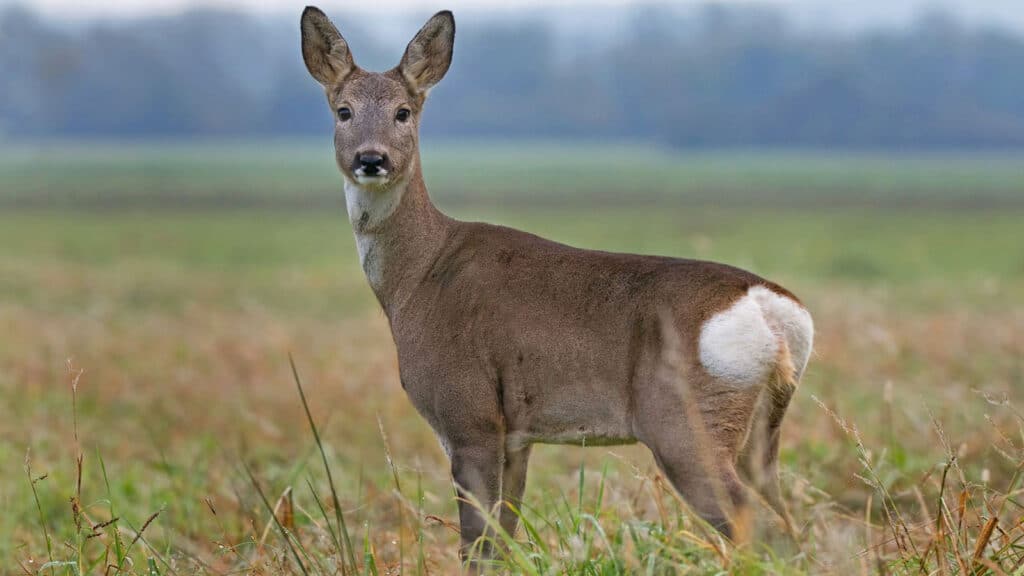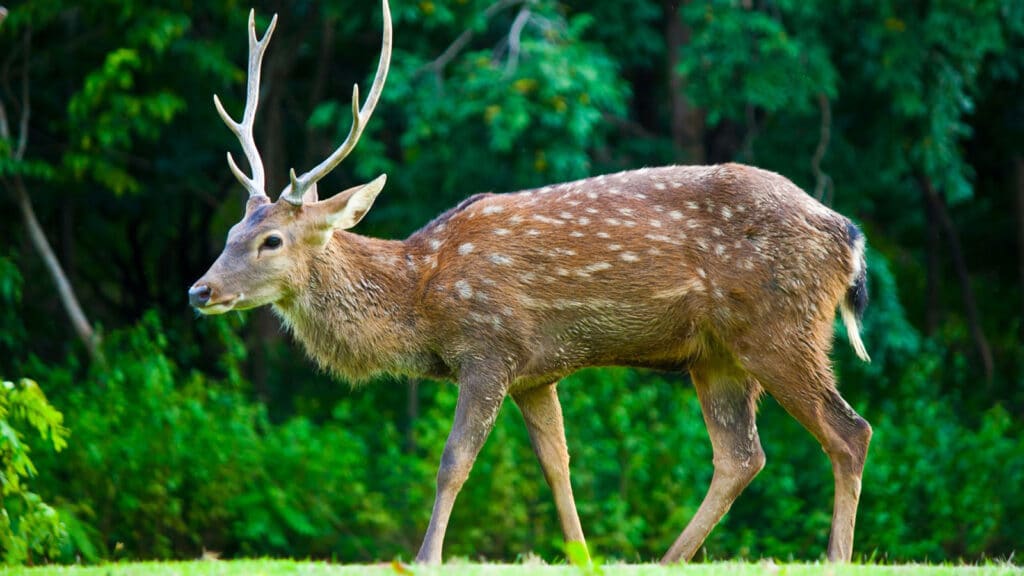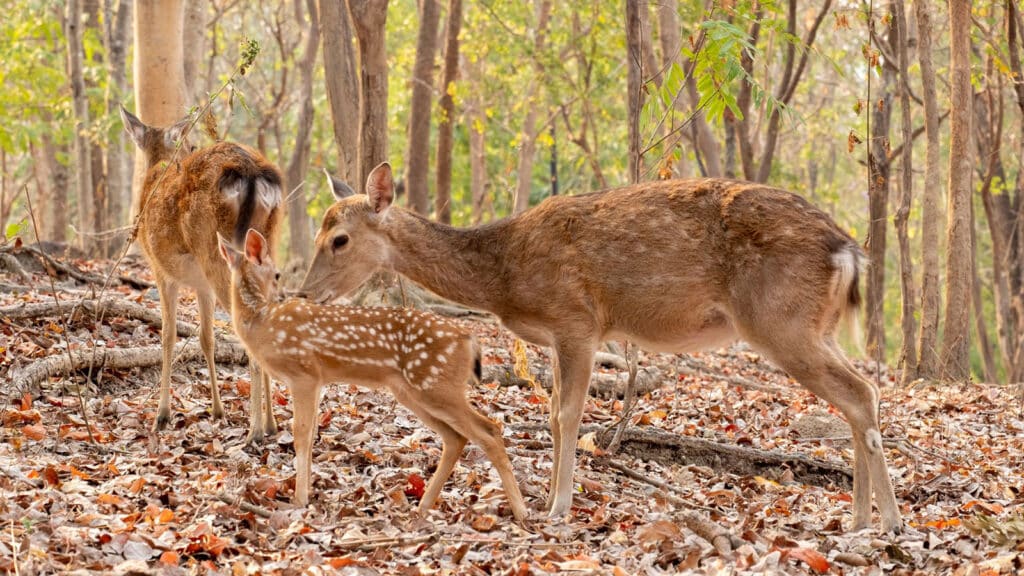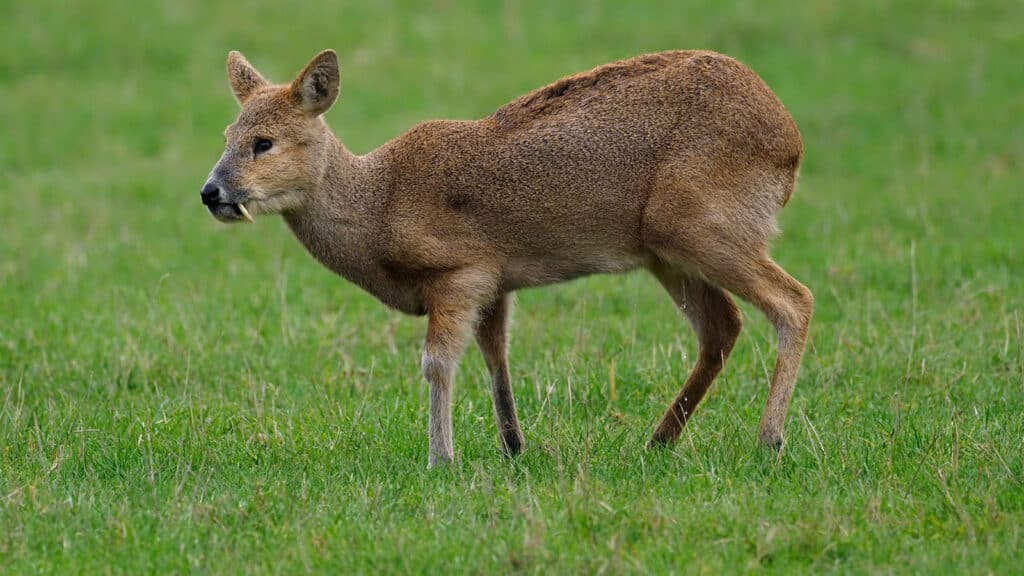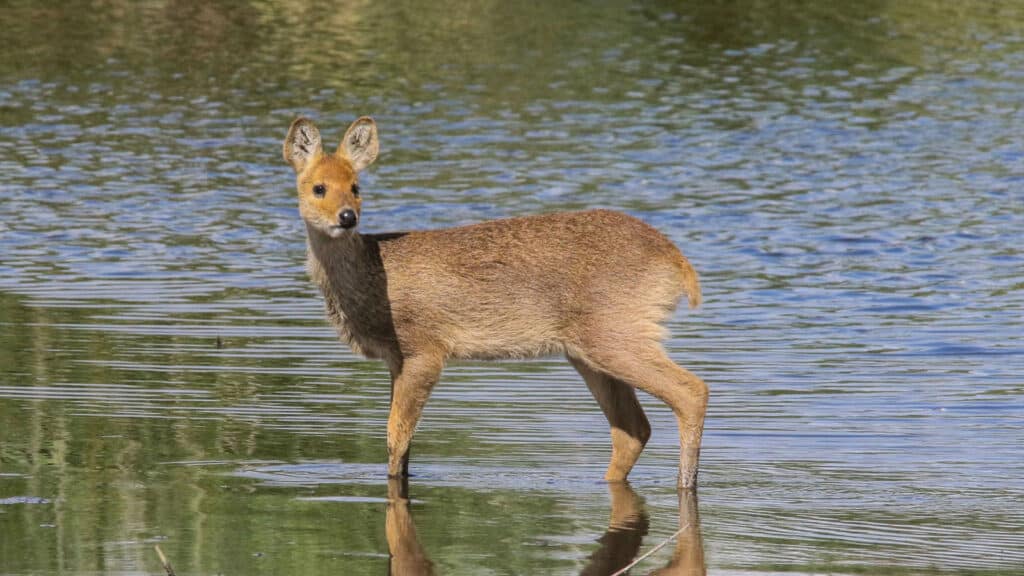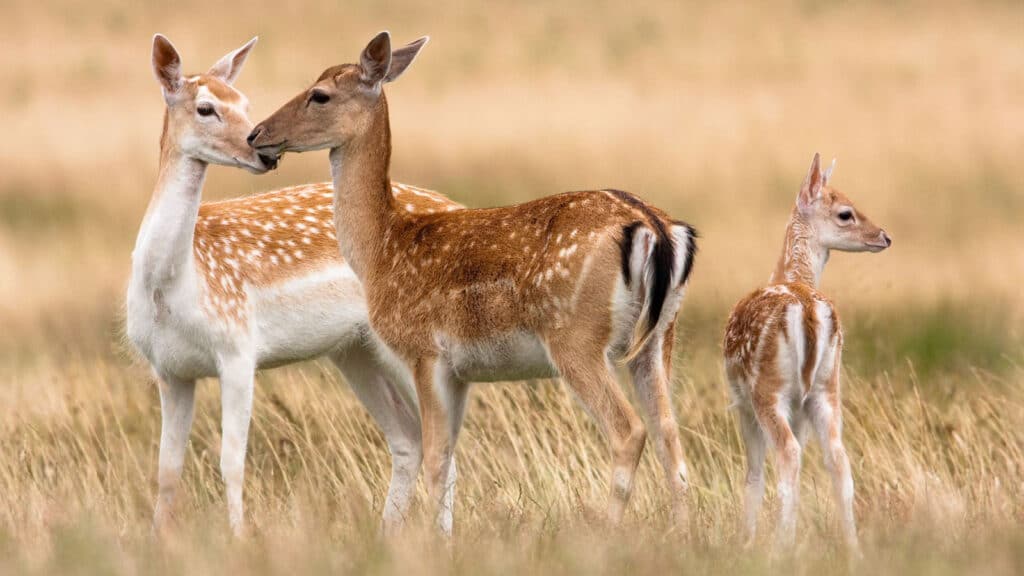Quarry species and shooting seasons
Find out everything you need to know about what you can legally shoot and when.
There are a number of gamebirds, waterfowl (ducks, geese and waders) and other bird species, as well as mammals, which can be shot legally.
For many of them, there is a close season when it is illegal to shoot them, and this helps to ensure that they are able to breed successfully and move between breeding and wintering grounds.
You will find everything you need to know on when you can and can’t shoot on this page.
We also have all the information you need about controlling pest species under the general licences.
